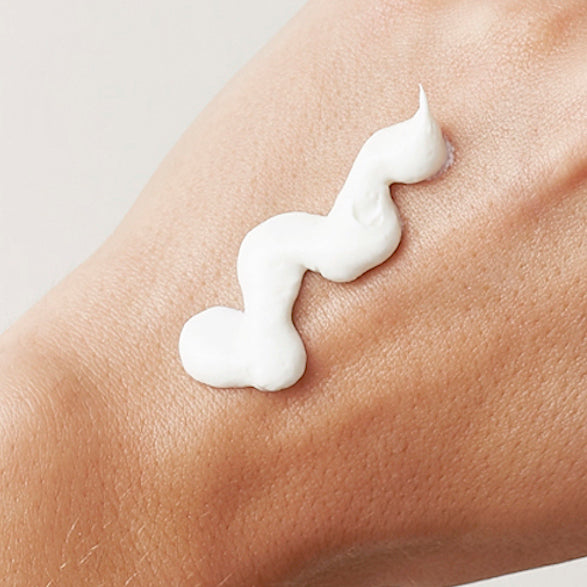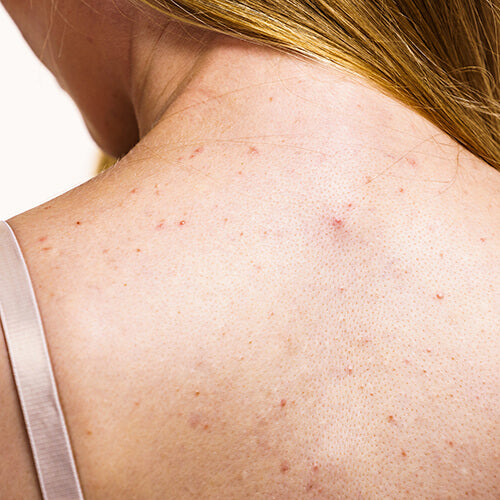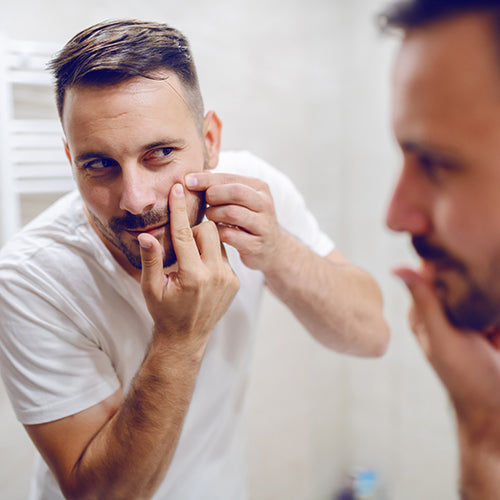
Your sunscreen might be doing NOTHING - Here's Why
You’ve heard everyone (and your mother) nagging you to consistently wear sunscreen — but there’s so many different kinds! You’ve got lotions, sprays, powders, chemical, physical, tinted, untinted… Whichever formula you end up choosing, one thing’s for sure: It should definitely be broad-spectrum. Why should I use broad-spectrum sunscreen? To answer that question, you’ve first got to…
Published:
1 minute read
You’ve heard everyone (and your mother) nagging you to consistently wear sunscreen — but there’s so many different kinds! You’ve got lotions, sprays, powders, chemical, physical, tinted, untinted… Whichever formula you end up choosing, one thing’s for sure: It should definitely be broad-spectrum.
Why should I use broad-spectrum sunscreen?
To answer that question, you’ve first got to understand how sun exposure affects your skin. The sun emits ultraviolet (UV) light that reaches Earth, damaging your skin if you’re not wearing protection.
The two most common types of UV light are UVA and UVB rays. UVA rays are responsible for about 95% of UV radiation that makes it to the earth’s surface. They penetrate your skin more deeply than UVB rays, reaching all the way to your dermis (the middle layer of your skin). UVA rays help you get that tan — but they also cause visible signs of aging, like fine lines and wrinkles, and can play a role in the development of skin cancer.
Unlike UVA rays, UVB rays primarily damage your epidermis (the top layer of your skin). They cause sunburns and over time can also cause skin cancer. You’re most likely to experience UVB damage during the sun’s peak hours—between 10 A.M. and 4 P.M.
What is broad-spectrum?
It’s the best way to shield yourself from both UVA and UVB rays. It’s also known as full-spectrum! When you see the word “broad-spectrum” or “full-spectrum” on a sunscreen label, that means it has met the Food and Drug Administration’s standards for protecting skin against UVA and UVB rays. Keep your standards high, like they do!
To simplify your skincare routine, reach for Dual Defender SPF 30. In addition to offering full-spectrum sun protection, this oil-free moisturizer is chock full of anti-aging ingredients, including vitamin C, vitamin E, green tea extract, and beta glucan. If you are looking for a different sunscreen texture, you can also opt for a powder sunscreen, which will benefit your skin and make it look more matte, every time you reapply it. Be sure to apply your sunscreen 15 minutes before going outside—and remember to reapply often! We recommend every 2 hours.







